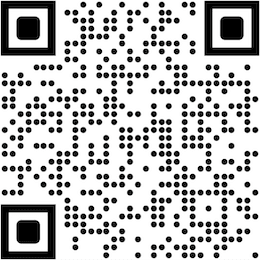Joynt
Ernest Edwin Joynt was born in 1874 in Ballina, County Mayo in Ireland. He was born into an Irish Methodist family, and was sent to the Methodist College grammar school in Belfast from 1888 to 1892.
Joynt became a mechanical engineer and member of the Engineering and Scientific Association of Ireland. He was a chief draughtsman with the Inchicore Southern Railway Company.
Joynt was an Irish language enthusiast, and adopted the Gaelic form of his name Earnán de Siúnta. The Gaelic League (Conradh na Gaeilge) was formed in 1893, as a social and cultural organisation which promotes the Irish language. Joynt arrived in Dublin very soon after the Gaelic League was founded. He began to study the Irish language in their Gaelic League classes and attained great fluency. He became very active in the Gaelic League, and used the pseudonym ‘An Buachaillín Buidhe’ for many of his written works.
New Testament Revision
In 1929 he translated John Bunyan’s classic ‘Pilgrim’s Progress’ into Irish. Joynt was then commissioned by the Hibernian Bible Society (now called the National Bible Society of Ireland) to revise the 1602 Tiomna Nuadha (New Testament) translated by William O’Domhnuill (O’Donnell), to be rewritten in modern Irish (h‐aíthscríobhadh as gaedhilig na h‐aimsire).
The revision was produced in stages. In 1932 the Gospel of Mark was printed in two editions, one in traditional Erse characters and the other in Roman characters. Then the rest was printed solely in Erse characters with Matthew in 1932, Luke in 1935, John in 1936, and Acts published in 1937. The project was overseen by Joynt with the help of Messrs Kiely and G.L. Webster. Joynt died in Dublin in 1949, and the completed publication took place after his death in 1951, when the whole of Tiomna Nua (New Testament) was published in traditional Irish typeface.
Digital Edition
The 1951 New Testament was digitised for the National Bible Society of Ireland with the help of MissionAssist in 2021. The characters were converted from traditional Gaelic script to modern Roman script for the ease of reading. It was digitised from an original copy in the British and Foreign Bible Society archives at Cambridge University.



